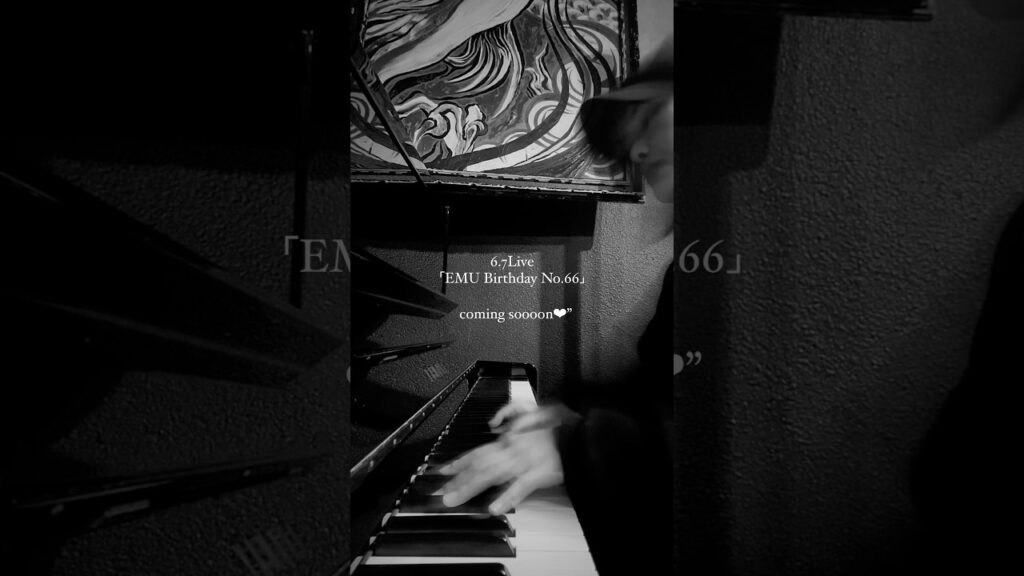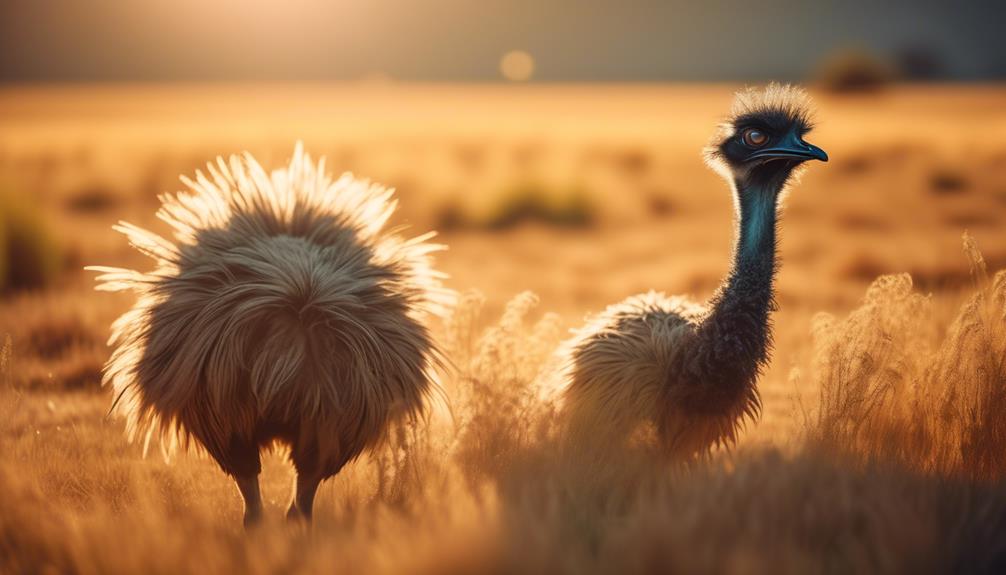
Have you ever come across a majestic emu in the wild and wished you could capture its beauty through the lens of your camera? Imagine being able to freeze that moment in time, preserving the grace and elegance of these magnificent creatures forever.
In this discussion, we will explore a range of tips and techniques that will help you photograph emus in all their glory. From choosing the right equipment to understanding their behavior and finding the perfect location, we will leave no stone unturned in our quest to capture the essence of these fascinating birds.
So, if you're ready to take your emu photography to the next level, join us as we embark on this exciting journey together.
Choosing the Right Equipment
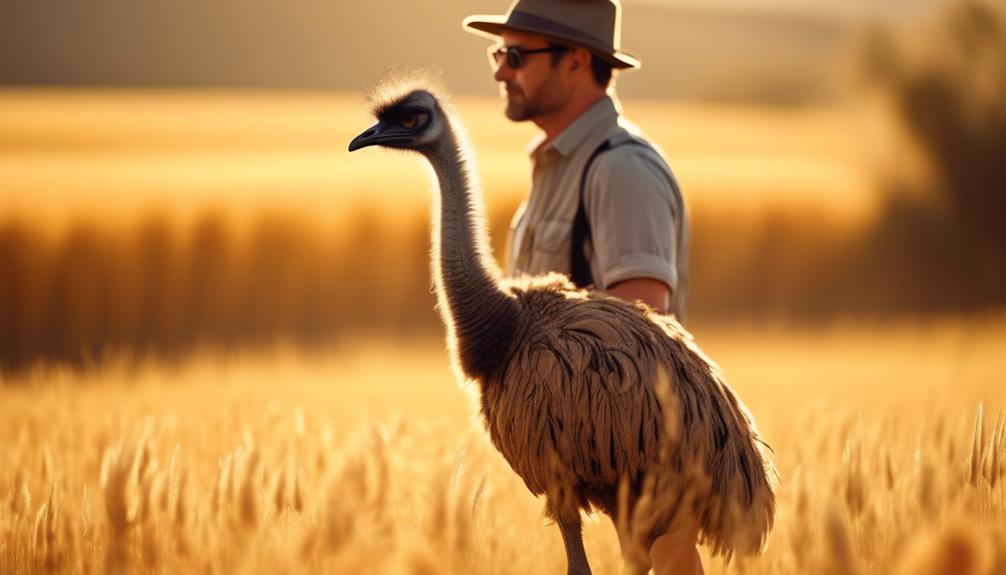
When photographing emus, it's essential to have the right equipment to capture their majestic beauty in all its splendor. To begin, selecting appropriate lenses is crucial in order to capture the details and nuances of these magnificent creatures. Emus have striking features, like their long necks and expressive eyes, which need to be captured with precision. Consider using a telephoto lens to capture close-up shots from a distance, allowing you to photograph them without disturbing their natural behavior.
In addition to choosing the right lenses, researching emu habitats is also important. Emus are native to Australia and are commonly found in open grasslands and scrublands. They're known to roam large areas, so it's essential to familiarize yourself with their habits and preferred locations. By understanding their behavior and preferred environments, you can position yourself in the best possible spot to photograph them.
Understanding Emu Behavior
After selecting the right equipment to capture the majestic beauty of emus, it's crucial to understand their behavior in order to successfully photograph them. Emus are fascinating creatures with unique feeding habits and intriguing mating rituals.
- Emu Feeding Habits:
Emus are omnivorous birds, which means they eat both plants and animals. They've a varied diet that includes grass, leaves, fruits, insects, and even small vertebrates. When photographing emus, you might notice their long necks stretching out to reach vegetation, or their sharp beaks pecking at the ground in search of food. Understanding their feeding habits can help you anticipate their movements and capture them in their natural foraging behavior.
- Emu Mating Rituals:
During the breeding season, emus engage in elaborate mating rituals. The male emus will make deep drumming sounds to attract females, and they'll also puff up their chests and display their vibrant feathers. If you're lucky, you may witness the male emu dancing and twirling around the female in an attempt to win her over. Photographing these rituals can be a truly captivating experience, as it allows you to capture the essence of their courtship and the beauty of their displays.
Finding the Perfect Location
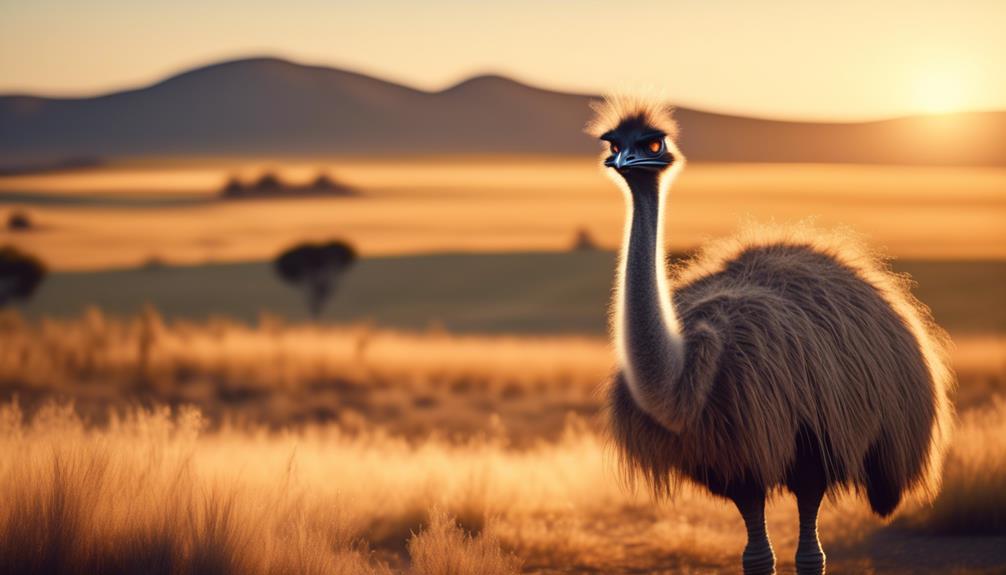
To find the perfect location for photographing emus, scout for areas with ample vegetation and open spaces that allow for unobstructed views of their natural habitat. Exploring different habitats and researching emu habitats will increase your chances of capturing these magnificent creatures in their element.
Emus are found in a variety of habitats, including grasslands, woodlands, and scrublands. Start by researching the specific habitat preferences of emus in the region you plan to photograph. Look for areas that offer a mix of dense vegetation and open spaces. Emus are known to forage in grassy areas, so finding locations with tall grasses can provide excellent opportunities for capturing their feeding behavior.
In addition to vegetation, water sources are also important for emus. They require regular access to water, so look for areas with lakes, ponds, or streams nearby. These water sources can serve as gathering spots for emus, offering you the chance to capture their interactions and social behavior.
When exploring different habitats, pay attention to the lighting conditions. Emus are most active during the early morning and late afternoon, when the light is softer and more flattering. Position yourself in a location that offers good light and unobstructed views of the emus' surroundings.
Mastering Lighting Techniques
As you explore different habitats and search for the perfect location to capture the majestic beauty of emus, mastering lighting techniques becomes essential in showcasing their splendor.
When it comes to nighttime photography, using natural light can create breathtaking images that bring out the emus' ethereal charm. Here are a few tips to help you in mastering lighting techniques:
- Moonlight Magic: Utilize the soft glow of the moon to create a mystical ambiance. Position yourself in a way that allows the moonlight to gently illuminate the emus, highlighting their graceful features.
- Golden Hour Glows: Take advantage of the golden hour, which occurs during the first and last hour of sunlight. The warm, golden tones will add a touch of magic to your photographs, enhancing the emus' regal presence.
- Silhouettes in Twilight: Experiment with capturing the emus' silhouettes against the dusky sky. As the sun sets, use the fading light to outline their magnificent forms, creating a striking and dramatic composition.
Composing Captivating Emu Shots
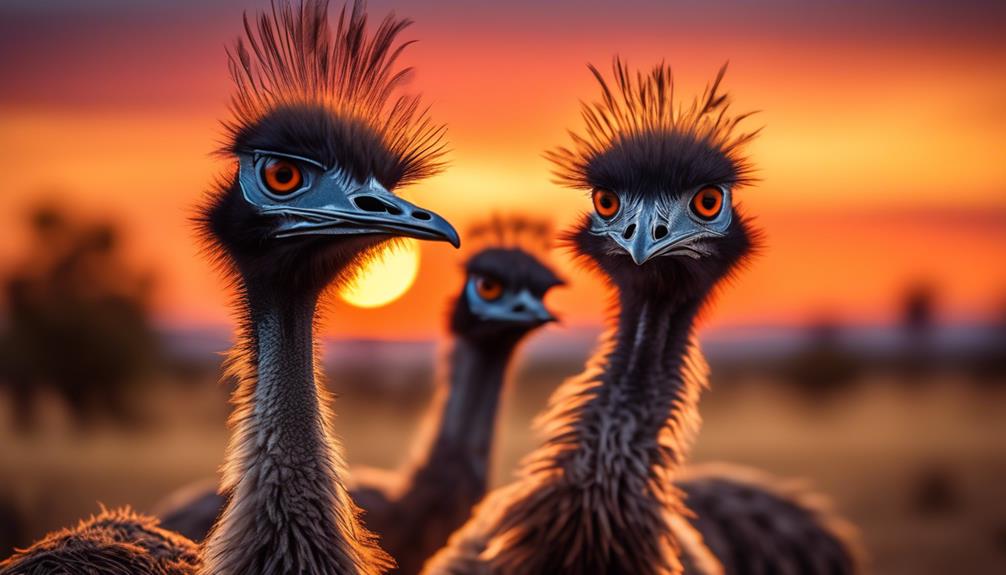
With the emus as your subject, you'll want to carefully compose your shots to capture their captivating presence in a way that's both visually pleasing and informative. When it comes to emu portrait photography, there are a few key elements to consider. Firstly, focus on their expressive eyes and long, elegant necks. These features are what make emus so unique and captivating. Try to capture their curiosity and intelligence through close-up shots, highlighting their intricate feather patterns and textures.
To add creativity and depth to your emu shots, experiment with different perspectives. Get down on their eye level to establish a connection and convey their majestic presence. Utilize leading lines in the environment, such as fences or trees, to draw attention to the emus and create a sense of depth. Incorporating the surrounding landscape can also provide a context for their habitat and give your images a storytelling quality.
Remember to pay attention to the background and framing of your shots. Avoid distractions and clutter that can take away from the emus' beauty. Look for interesting elements like contrasting colors or patterns that can enhance the overall composition.
Capturing Emus in Motion
When photographing emus in motion, capturing their graceful strides and dynamic movements can create stunning and energetic images. To freeze the action and capture unique perspectives, keep these tips in mind:
- Shutter Speed: Use a fast shutter speed to freeze the emus' movements and avoid motion blur. A setting of 1/1000th of a second or faster is recommended.
- Burst Mode: Emus can move quickly, so using burst mode can help you capture a series of shots in rapid succession. This way, you won't miss any of their dynamic movements.
- Panning Technique: To create a sense of motion, try the panning technique. Keep your camera focused on the emu and move it in sync with their movement. This will blur the background while keeping the emu sharp.
When photographing emus in motion, it's important to be patient and observant. Take the time to study their behavior and anticipate their movements. Look for unique angles and perspectives that highlight their majesty and energy.
Don't be afraid to experiment and try different techniques to capture that perfect shot. Remember, the key is to freeze the action and capture the emus' dynamic movements, creating images that convey their beauty and grace in motion.
Editing Tips for Emu Photography
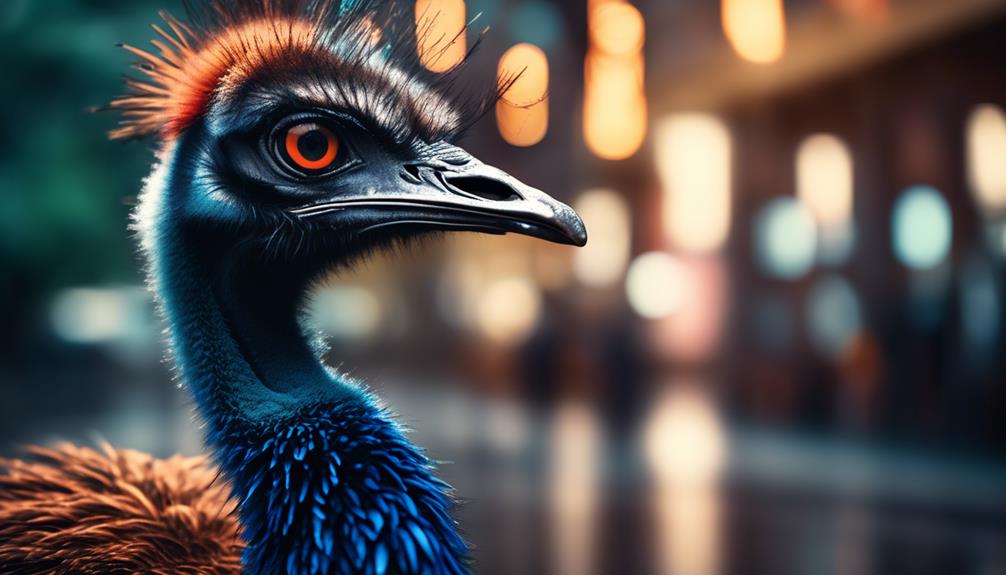
To enhance the beauty and impact of your emu photographs, mastering the art of editing is essential. Editing allows you to refine and enhance the colors, tones, and overall composition of your images, bringing out the majesty of these magnificent creatures. Whether you are capturing emus in portrait photography or in their natural wildlife habitat, here are some editing tips to help you create stunning emu photographs:
| Editing Tip 1 | Use the Clarity Tool |
|---|---|
| The Clarity tool in your editing software can add definition and depth to your emu photographs. Increase the clarity slightly to bring out the intricate details of the emu's feathers and features. | |
| Editing Tip 2 | Adjust the Colors |
| Experiment with the color temperature of your emu photographs. Warmer tones can create a more intimate and inviting mood, while cooler tones can convey a sense of tranquility. Enhance the vibrancy of the colors to make your emu photographs truly pop. | |
| Editing Tip 3 | Crop and Straighten |
| Use the crop tool to remove any distracting elements and to improve the composition of your emu photographs. Straighten any uneven horizons to create a more balanced and visually pleasing image. | |
Showcasing Your Emu Masterpieces
After perfecting your emu photographs through editing, it's time to showcase your masterpieces and share the majestic beauty of these magnificent creatures with the world. Here are a few ways to display your emu photographs and make a lasting impact:
Emu Photography Contests: Participating in emu photography contests not only gives you the opportunity to showcase your work but also allows you to compete with other talented photographers. It's a chance to gain recognition and possibly even win prizes for your stunning emu shots.
Emu Inspired Photography Merchandise: Transform your emu photographs into unique and captivating merchandise. From prints and canvases to mugs and t-shirts, there's a wide range of possibilities. By offering emu-inspired photography merchandise, you can share your love for emus and attract potential buyers who appreciate the beauty of these creatures.
Online Photography Platforms: Utilize online platforms such as social media, photography websites, and blogs to showcase your emu photographs. These platforms provide a global reach and allow you to connect with a diverse audience who can appreciate and admire your work.
Frequently Asked Questions
How Do Emus Behave in Captivity Compared to in the Wild?
In captivity, emus may exhibit different behaviors compared to in the wild. They might be more docile and accustomed to human presence. However, they may also display signs of stress or aggression due to confinement.
Are There Any Specific Times of Day That Are Best for Photographing Emus?
During the golden hour, when the lighting is at its best, you can capture the majestic beauty of emus in your photographs. Approach them calmly and gently, ensuring you don't cause them any stress.
What Are Some Common Mistakes to Avoid When Photographing Emus?
When photographing emus in captivity, common mistakes to avoid include using a flash, getting too close, and not paying attention to their body language. Stay mindful and capture their majestic beauty.
Is It Possible to Photograph Emus up Close Without Disturbing Them?
To photograph emus up close without disturbing them, there are a few tips you can follow. Move slowly and quietly, use a telephoto lens for distance, and capture their natural behavior and beauty by observing them from a respectful distance.
Do Emus Have Any Unique Features or Behaviors That Make Them Challenging to Capture in a Photograph?
Emus, with their unique physical characteristics and elusive behaviors, can be quite challenging to capture in a photograph. Approaching them without disturbance requires patience, respect, and a keen eye for their majestic beauty.
Conclusion
In conclusion, photographing emus can be a truly rewarding experience. With the right equipment, understanding of their behavior, and knowledge of lighting techniques, you can capture their majestic beauty in all its glory.
Finding the perfect location and mastering the art of composition will help create captivating shots that showcase the unique charm of these magnificent creatures.
Don't forget to use editing tips to enhance your emu masterpieces and proudly showcase them to the world.
Happy emu photography!



